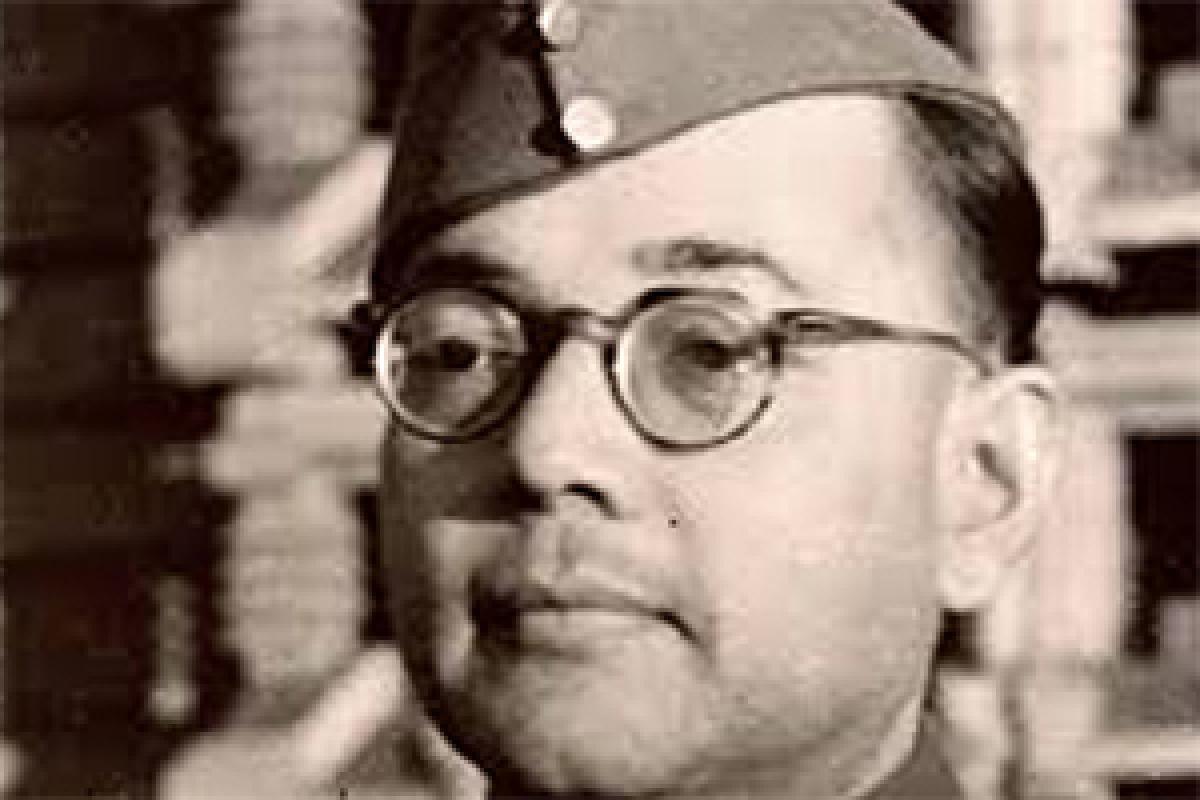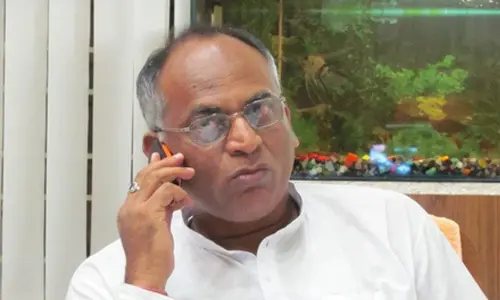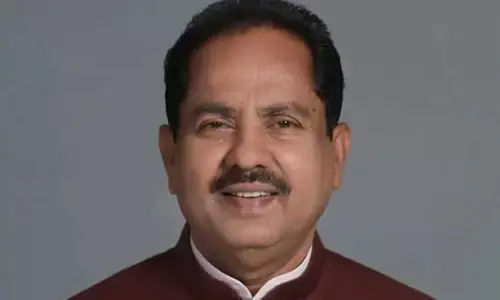Did Netaji Subhash Chandra Bose survive the plane crash?

Did Netaji Subhash Chandra Bose Survive The Plane Crash. An August 22, 1945, Tokyo Radio broadcast announced the \'death\' of Netaji Subhas Chandra Bose in an air crash in Formosa (now Taiwan) on August 18, 1945, en route to Japan.
.jpg) Kolkata: An August 22, 1945, Tokyo Radio broadcast announced the 'death' of Netaji Subhas Chandra Bose in an air crash in Formosa (now Taiwan) on August 18, 1945, en route to Japan.
Kolkata: An August 22, 1945, Tokyo Radio broadcast announced the 'death' of Netaji Subhas Chandra Bose in an air crash in Formosa (now Taiwan) on August 18, 1945, en route to Japan.
But the crash theory has been rejected by scores of Netaji's followers and admirers and claims of the revolutionary leader resurfacing continue to intrigue and divide Indians over the years.
To the public, a section of his family as well as some historians, the news of his "death" was largely unacceptable due to insufficient evidence and since Bose in his numerous escapades had proved to be a master of disguise.
Some believe he fled to the erstwhile Soviet Union and was locked up in a labour camp.
Others say he escaped altogether and appeared in Paris in 1969.
Or did he indeed carry on in hiding? The Indian government constituted as many as three probe commissions to ferret out the truth behind the disappearance, but the mystery lingers on.
Turning the page back in time, in 1945, the same year as Netaji's disappearance, American war correspondent Alfred Wagg interrupted a press meet of the then Indian Prime Minister Jawaharlal Nehru to declare he had seen Bose near Saigon (now Ho Chi Minh City) a few days after the reported death.
In 1946, Lakshmi Swaminathan, (later Lakshmi Sehgal) of Bose's Indian National Army's all-women Jhansi Regiment chief, said she thought Bose was in China.
An early sighting was in northern West Bengal in the 1960s, said Jayanta Chaudhury, a Netaji researcher and author of a book on the leader 'President against the Raj'.
The organisation 'Subhasbadi Janata', formed by Netaji's old associates, declared in a public meeting at Falakata that Netaji was living in Shaulmari Ashram as Sadhu Saradananda.
They even furthered the idea that Netaji returned to India after the Second World War, attended Mahatma Gandhi's funeral in 1948 and eventually settled in the ashram.
Uttam Chand Malhotra, who hosted Netaji in 1941 in Kabul during his Great Escape from the hands of the British, backed the theory.
Shaulmari Baba apparently had some specific habits, including avoiding being snapped on camera and leaving fingerprints on any article.
Stoking the controversy further, it was speculated - largely due to a circulating photograph - that Bose even attended Nehru's funeral in 1964. But it turned out to be a hoax. The person alluded to as Netaji was a Cambodian Buddhist monk.
Meanwhile, India's first two official inquiries, the Shah Nawaz Committee of 1956 and the Khosla Commission of 1970, ascribed to the plane-crash theory.
A media report dated November 17, 1970, stated that S.M. Goswami, a retired bureaucrat, submitted to the Netaji Inquiry Commission that former Indian President S. Radhakrishnan had told him (Goswami) in 1954 in New Delhi about meeting Netaji in Moscow in 1948.
But perhaps the most enduring of these lores are those of Bose living as 'Pardewala Baba' in Naimisharanya and as Gumnami Baba alias Bhagwanji in Faizabad and Ayodhya in Uttar Pradesh for 30 years.
Locals, including Bhagwanji's physician, were convinced the bearded man was Netaji.
A year after his death on September 16, 1985, the UP High Court had his belongings listed and sent to the Faizabad treasury, in the wake of the possibility that he could have been Netaji.
In 1999, the Mukherjee Commission, led by retired Supreme Court judge M.K. Mukherjee initiated an exhaustive six-year-long probe into the "alleged disappearance".
His scrutiny of Bhagwanji's belongings, which included numerous books, correspondences, Bose's family photographs, revealed letters by Samar Guha (veteran freedom fighter and politician), Pabitra Mohan Roy (former intelligence officer in the INA) and Leela Roy (close associate of Bose from the 1920s).
His possessions also included original copy of the summons issued to Suresh Chandra Bose to appear before the Khosla Commission.
Besides, forensic expert B. Lal, in his analysis showed the handwritings in Bhagwanji's notes matched those of Netaji.
Though Mukherjee, in the report, nixed the air crash theory, he did not conclude that the sanyasi was Bose due to "absence" of any clinching evidence. But in a bizarre twist in 2010, in a documentary footage taken without his knowledge, Mukherjee was heard saying he was "hundred percent sure that he (the monk) is Netaji."
Choudhury, a deponent to the Mukherjee Commission, claims evidence exists suggesting Netaji was active in Russia, China, Vietnam and other countries well after the alleged plane crash in Taipei in 1945.
The holy man angle was also one of the disclosures in Anuj Dhar's book "India's Biggest Cover-up".
"The holy man, identified by many Bose aides of unimpeachable integrity, spoke of his escape to the USSR, subsequent participation in the Vietnam war and blamed circumstances for his remaining in hiding in public interest. He said his emergence could lead to India facing sanctions from world powers," Dhar said.
However, manipulations and fraudulent photographs - subsequently uncovered - have fed half-truths and lies down the decades. For example, a photograph of 'än aged Bose' circulated in the late 70s turned out to be manipulated and fake.
Until the truth is established, Netaji's enigma will continue to be a significant part of the Indian psyche, especially in West Bengal. Whether he survived the crash or not, it's now certain that he is well and truly dead. Unless, at 118 years today, he's the oldest person alive.














